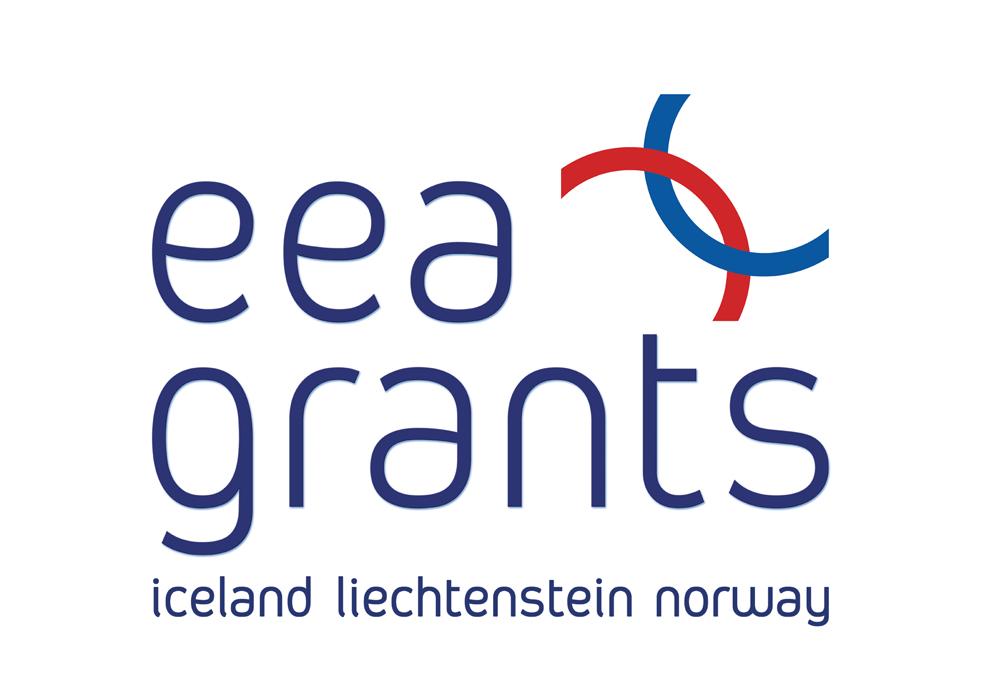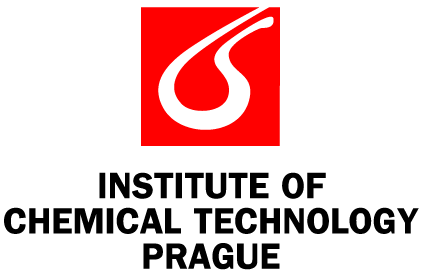BACKGROUND
The here presented project aims to provide the first thorough data collection on fish contamination by PFC, not only predominant PFOS and PFOA but also other PFC compounds, in the Czech Republic, including complete data of the range of fresh water fish species contamination, both free living and aquaculture species.Perfluorinated chemicals have been identified internationally as high priority persistent organic pollutants and are currently evaluated as priority monitoring compounds for the international UNEP Stockholm convention on global restriction of POPs. Also EFSA CONTAM Panel recommended in their Opinion from the beginning of year 2008 that further data on PFC levels in food and in humans would be desirable, particularly with respect to monitoring trends in exposure.
PFC can enter the environment via the aquatic environment after accidental spillage, use and disposal of PFC treated consumer products or as emissions of manufactures and industry, as well as through atmospheric transport of precursors. People are exposed directly through contaminated food items or beverages as well as direct skin contact via impregnated outdoor clothing and other impregnated textiles and ingestion of dust.
Except for PFOS (perfluorooctane sulfonate), PFC are not yet regulated as contaminants in food through regulation measures within the European Union. However, international regulations are highly overdue due to the well documented toxicological as well as ecotoxicological effects of many PFC in various environmental biosystems as well as humans.
Perfluoroalkylated substances (PFC) are generally persistent in the environment, they can be found over a broad concentration range and within the most parts of the food chain in both aquatic and terrestrial organisms. Food is likely to be contaminated with PFC as well, giving rise to human exposure. In terms of monitoring of food contamination, most European countries, as well as Czech Republic, carry out national monitoring programs in order to access the daily intake of persistent organic pollutants. PFC have not been included in these studies yet. Only very few international studies focused on PFC in food and assessment of dietary intake have been published in Europe.
Furthermore, current methods either lack the analytical sensitivity necessary for reliable quantification of PFC in food or do not distinguish between different food items.
Almost none information is currently available on the occurrence of PFC in Czech environment.






